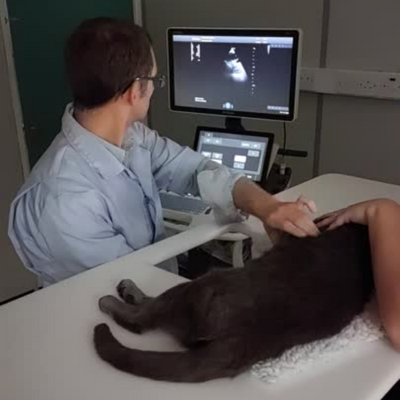Pet insurance
If your dog or cat injuries someone or causes an accident, the resulting medical or court costs and claims can be expensive to say the least, so we always recommend pet insurance.
Pet insurance – why you need it!
Nobody likes to imagine their pet becoming unwell but we must consider the possibility of our pet needing a visit to the vet and requiring treatment. The prospect of unexpected veterinary bills round the corner can be worrying. Pet insurance can help to relieve this worry, giving you piece of mind that the bills will be covered, should your pet require extensive investigations or treatment.
We must also consider the possibility of our pets developing an ongoing medical condition that may require frequent vet visits and treatment. Our pets may require lifelong medication, which would demand frequent monitoring at your veterinary practices. Repeat visits, testing for monitoring and medications can all contribute to significant costs over months and years of a pets life.

Does insurance cover all of my pets’ needs
Pet insurance does not cover any aspects of preventative healthcare. This includes things such as flea and wormer products, routine neutering and vaccinations. Any treatment or intervention as a result of breeding is also usually excluded; such as pregnancy ultrasound scans and caesareans. Many insurance companies will not cover certain dental treatments such as a scale and polish, however some dental conditions may be included such as fractured teeth.
Sometimes pets may be advised supplements or nutraceuticals by your vet, for example joint, liver or skin supplements alongside other medications. These may not be covered by certain insurance companies or policies as they are not a prescription product. Similarly, not all companies and policies will cover the cost of veterinary prescription foods.
What type of policy?
Many different policies are available and it is important that you read the policy document carefully to be sure it meets your needs: consider the cost of the premiums, the excess you will need to pay and the extent of the cover.
We advise lifelong cover policies as many animals succumb to conditions which require treatment for the rest of their life e.g. allergic skin disease, heart disease, arthritis, epilepsy and diabetes.
Other policies can be:
a) Time capped
i.e. you can only claim for the first 12 months of a condition, and thereafter you are responsible for all treatment costs, which if a problem is diagnosed in early life could amount to a significant cost over a pet’s lifetime. Remember also, at this point it will be very unlikely you will be able to insure your pet for this condition again, with any other insurance company, because it will be pre-existing,
b) Financially capped
i.e. there is a maximum amount the policy will pay out for each condition – and once you have claimed this amount, your pet will no longer be insured for the condition.
You will need to consider carefully which policy may be best for you and your pets.
Why does the cost of pet insurance vary so much?
Just like with other types of insurance policies you may be familiar with, house and car insurance for example, not all policies are easily comparable. The age and breed of your pet can affect the premium; some breeds are more susceptible to certain health conditions, and older pets usually pay higher premiums. The location in which you live will also influence your premium as the cost of veterinary treatment does vary throughout areas of the UK. Some companies may offer a multi-pet discount when you insure multiple pets with the same company.
Although some price comparison websites may give you a brief overview of the range of policy providers and an idea of cost, they are not representative of the entire insurance market. You need to be acutely aware you are checking the small print of any policy you are interested in; it may be best to phone an insurance company and details can be clearly explained to you.
Alongside the above variables, we must also consider the different types of cover offered by pet insurance. Some basic policies may have a time limit on treatment per condition, often 12 months. This means that once you have claimed up to your cover limit (e.g. £2000) for one condition, this condition will no longer be covered. Companies offering lifelong cover policies will cover for treatment up to your cover limit throughout the pets lifetime. For example, if your pet was diagnosed with Diabetes, a lifelong policy may provide you cover for this condition of £7000 per year, throughout your pets life. Furthermore, some policies may include third party liability cover; for example if your pet was to be involved in a road traffic accident.

What if my pets receive treatment for illness?
Different policies can have a varying amount of excess; this is the amount you will be responsible for paying towards your pets treatment. With some insurance companies, you may also be required to pay a percentage of your pets treatment costs, for example if they are an older animal.
When you take out a new pet insurance policy there will be a defined period of time in which your pet will not be covered for illness. Sometimes an insurance company may refuse to pay out for treatment if this relates to a pre-existing condition. This is usually defined by your pets’ medical history, including any previous illnesses they have been examined for, or regarding operations they may have undergone. This is especially important if considering taking out a new pet insurance policy, or switching from one insurance company to another. If your pet has received veterinary treatment for a certain condition this is highly likely to be classed as pre-existing condition and will be excluded from your policy. Furthermore, a condition you have already claimed for with one insurance company may well then be excluded from a new policy with a different company. If you feel your pet may have pre-existing conditions then speak to your pet insurance provider to discuss this in further detail.
